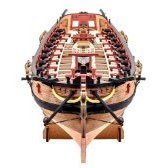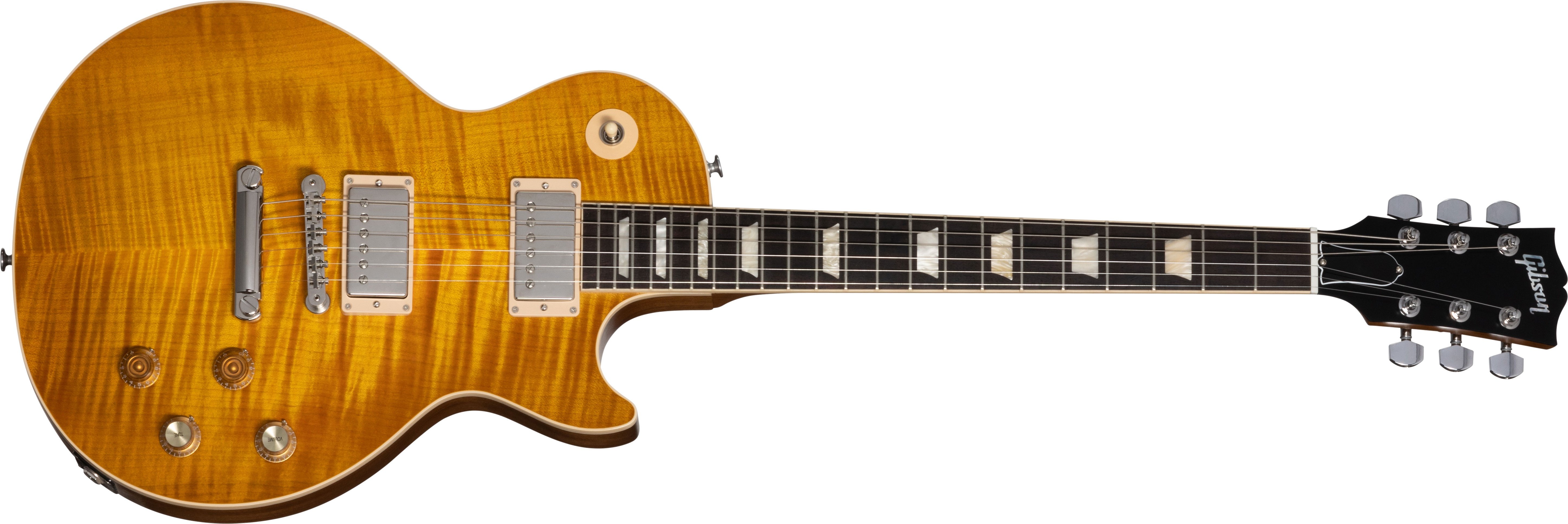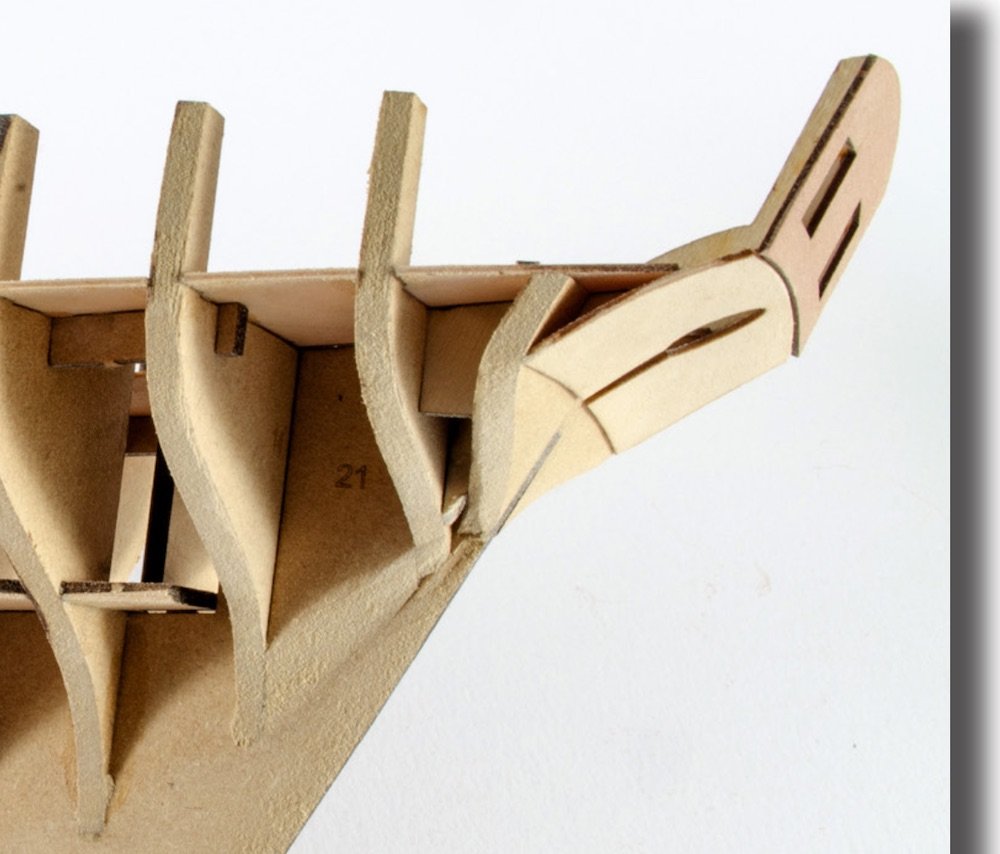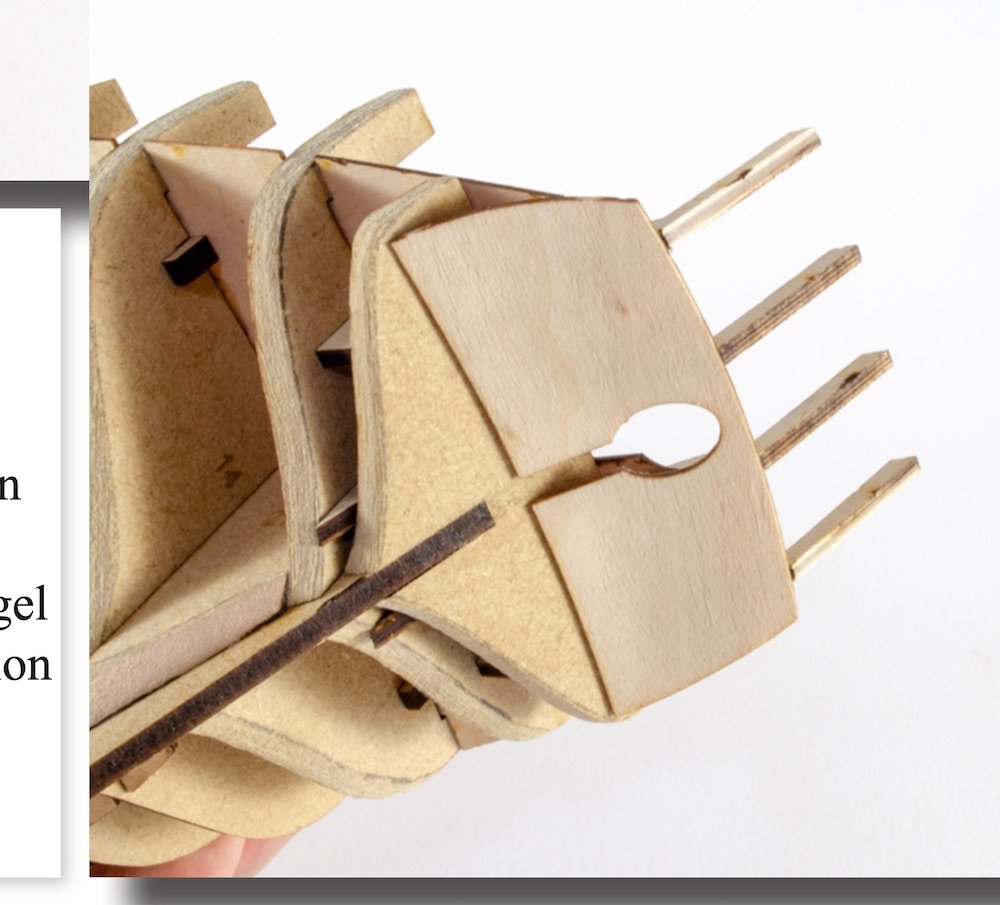-
Posts
6,005 -
Joined
-
Last visited
Content Type
Profiles
Forums
Gallery
Events
Everything posted by James H
-

Also "new" member after a long shore leave
James H replied to SkerryAmp's topic in New member Introductions
Great to see a familiar name back in the fold 😙 -
- 164 replies
-
- vanguard models
- flirt
-
(and 1 more)
Tagged with:
-
More like a jigsaw 🤣 Can't wait to see you make and fit those frames.
- 312 replies
-
- enterprise
- caf
-
(and 1 more)
Tagged with:
-
I know some purists hate it, and also talk of it crumbling away in years to come, but I used CA (gel). I've seen models that are decades old and made with CA, and they are still just fine. ...but this isn't a discussion on the merits/demerits of glue. It just works for me and of course, no clamping.
- 164 replies
-
- vanguard models
- flirt
-
(and 1 more)
Tagged with:
-
Beautiful job, Martin. That case really sets it all off too. Stunning Big question.....what project next?
- 122 replies
-
- caldercraft
- agamemnon
-
(and 1 more)
Tagged with:
-
Can't wait to see you build this. You've paving the way for me and Coureur 😄
- 312 replies
-
- enterprise
- caf
-
(and 1 more)
Tagged with:
-

ancre Coureur by cafmodel - 1/48
James H replied to cafmodel's topic in - Build logs for subjects built 1751 - 1800
That's the plan, as soon as I have enough of the Duchess built for Chris to get his manual done and kit into production. @cafmodel Exciting to see things coming together like this. I really can't wait to see this and to get a log started here. I'll certainly be out of my comfort zone with a POF! -
Welcome back! I'm pretty sure I remember you (back in my Captainpugwash days). Looking forward to seeing you crack on with a build here again.
-
There's no difference between port and starboard bulwarks. Those are exactly the same.
- 164 replies
-
- vanguard models
- flirt
-
(and 1 more)
Tagged with:
-

ancre Coureur by cafmodel - 1/48
James H replied to cafmodel's topic in - Build logs for subjects built 1751 - 1800
As soon as DoK is done, I'll build this alongside Victory. -
That's why I now just fit a lot of the parts, and especially the deck, before gluing. I just paint glue in from underneath and that works just as well.
- 164 replies
-
- vanguard models
- flirt
-
(and 1 more)
Tagged with:
-

ancre Coureur by cafmodel - 1/48
James H replied to cafmodel's topic in - Build logs for subjects built 1751 - 1800
Thanks for posting those closer detail photos. I really can’t wait to see this! -

ancre Coureur by cafmodel - 1/48
James H replied to cafmodel's topic in - Build logs for subjects built 1751 - 1800
You painted this? -

ancre Coureur by cafmodel - 1/48
James H replied to cafmodel's topic in - Build logs for subjects built 1751 - 1800
I really cant wait to see this one! She's going to look very different to a regular POF
About us
Modelshipworld - Advancing Ship Modeling through Research
SSL Secured
Your security is important for us so this Website is SSL-Secured
NRG Mailing Address
Nautical Research Guild
237 South Lincoln Street
Westmont IL, 60559-1917
Model Ship World ® and the MSW logo are Registered Trademarks, and belong to the Nautical Research Guild (United States Patent and Trademark Office: No. 6,929,264 & No. 6,929,274, registered Dec. 20, 2022)
Helpful Links
About the NRG
If you enjoy building ship models that are historically accurate as well as beautiful, then The Nautical Research Guild (NRG) is just right for you.
The Guild is a non-profit educational organization whose mission is to “Advance Ship Modeling Through Research”. We provide support to our members in their efforts to raise the quality of their model ships.
The Nautical Research Guild has published our world-renowned quarterly magazine, The Nautical Research Journal, since 1955. The pages of the Journal are full of articles by accomplished ship modelers who show you how they create those exquisite details on their models, and by maritime historians who show you the correct details to build. The Journal is available in both print and digital editions. Go to the NRG web site (www.thenrg.org) to download a complimentary digital copy of the Journal. The NRG also publishes plan sets, books and compilations of back issues of the Journal and the former Ships in Scale and Model Ship Builder magazines.





